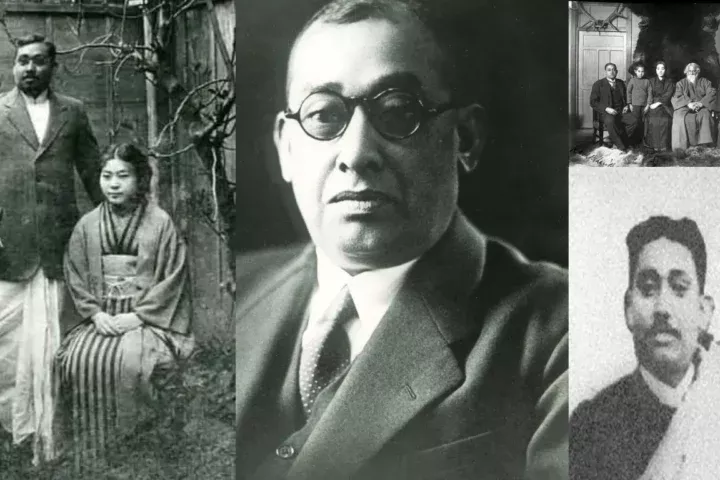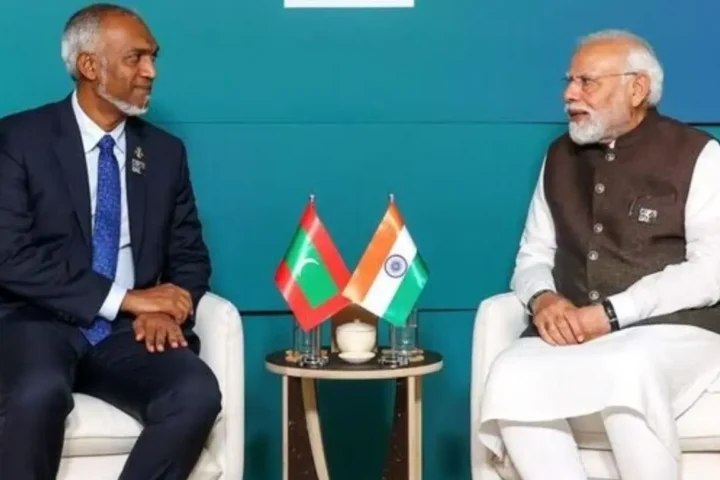Discover how changes in Bangladesh’s clothing industry might impact India’s textile sector.
In an era where Bangladesh stands as a pivotal player in the global readymade garment market, it’s essential to delve into the intricacies of its impact on India’s textile industry.
Bangladesh’s ascent in the global readymade garment market has been nothing short of spectacular. Over the past decade, it has transformed its garment industry into a powerhouse, surpassing countries like India. Numerous small, medium, and large brands have successfully thrived in Bangladesh, making it a force to be reckoned with.
What’s Happening?
A significant factor contributing to Bangladesh’s success in the garment sector has been its cost-effective labour. Compared to India and other textile-producing nations, Bangladesh offers a favourable labour cost advantage. This advantage has attracted global brands and retail vendors aiming to maintain production costs without compromising quality.

However, the recent labour strikes and unrest in Bangladesh’s readymade garment market have posed challenges.
Bangladesh’s Garment Industry Turmoil and India’s Prospects
According to a DW report, with over 3,500 garment factories producing for major global brands such as Levi’s, Nike, ZARA, and H&M, Bangladesh is the second-largest exporter of readymade garments globally. Yet, Bangladesh’s approximately 40 lakh workers face difficulties due to demands for higher wages amidst rising inflation.
According to Business Line, workers earning a minimum of $75 per month now demand a minimum wage of $208. In response, the industry has offered an increase to $113, which experts argue may still be insufficient.
Opportunities for India
As Bangladesh grapples with labour unrest and escalating costs, there’s potential for India to capitalise on the situation. Some experts suggest that the current scenario presents an opportunity for India to enhance its share in the global textile market1. Not only can India meet the demand for readymade garments, but it can also focus on improving efficiency and retaining jobs in the face of growing competition.

What’s Next?
According to Statista, as of 2023, Bangladesh’s textile market revenue is estimated at $10.15 billion. Despite recent wage increases, experts believe that by maintaining efficiency and job retention, India can continue to compete positively. With a focus on technological advancements and product innovation, the future appears promising for the Indian textile industry.
The evolving dynamics of Bangladesh’s garment industry present both challenges and opportunities for India. The careful navigation of labour costs and market demands will determine how India positions itself in the global textile landscape. As we continue to witness these developments, the future of India’s textile industry remains optimistic.
That’s it for today. We hope you’ve found this article informative. Remember to spread the word among your friends. Until we meet again, stay curious!
- The global textile market size was valued at USD 1,695.13 billion in 2022 and is anticipated to grow at a compound annual growth rate (CAGR) of 7.6% in terms of revenue from 2023 to 2030. ↩︎









